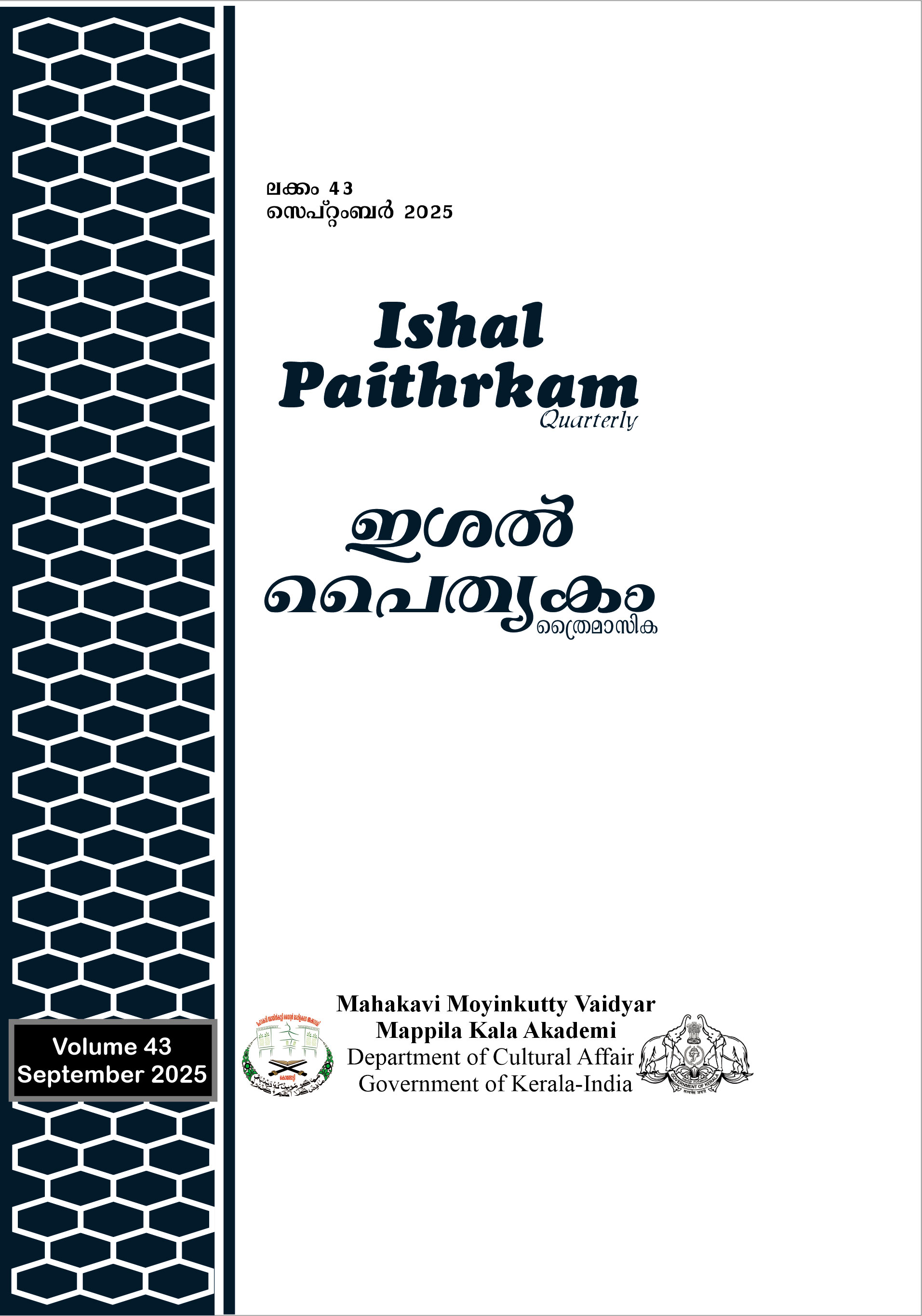Indian federalism: Construction of a Unitary Discourse
Keywords:
Constituent Assembly Debates (CAD), National Unity, Centralism, Keeping together Federalism, State AutonomyAbstract
India’s rich diversity of ethnic identities, languages, cultures, and religions has been fundamental to its democratic values since independence. Indian federalism has played a crucial role in fostering a free society, promoting national unity, and ensuring balanced economic development. The nature of Indian federalism is a subject of insightful debate. Some scholars classify it as “administrative federalism,” while others argue for “cooperative federalism” or a “keeping together” approach, in contrast to the “coming together” model seen in the United States. Although the official framework of the Constitution notes India as a “union of states”, its centralising tendencies expose a deeper fear about unity, sovereignty, and postcolonial state building. This paper analyses the development of Indian federalism with an eye towards how a unitary rhetoric came to define the political practices of the Indian state as well as the constitutional framework. With special reference to Constituent Assembly debates, major theories of federalism, and current political events, the paper questions the prevailing narrative of “unitary federalism” while yet sensitive to the convoluted and sometimes contradictory reality of Centre-state relations.
Downloads
References
Anderson, George. (2008). Federalism: An introduction. Oxford University Press.
Austin, Granville. (2017). The Indian Constitution: Cornerstone of a nation. Oxford University Press.
Bhattacharya, Mohit. (1992). The mind of the founding fathers. In Nirmal Mukarji & Balveer Arora (Eds.), Federalism in India: Origins and development (pp. 87–104). Vikas Publishing House.
Constituent Assembly Debates. (2014). Official report (Vols. I–XII). Lok Sabha Secretariat.
Finance Commission of India. (2020). Finance Commission report 2020 (pp. 117–120).
Jones, Morris. (1976). Parliament in India. Greenwood Press.
NITI Aayog. (2018). Annual report 2018 (pp. 23–24).
NITI Aayog. (2018). Strategy for New India @75.
NITI Aayog. (2021). COVID-19 response report (p. 7).
Punchhi Commission. (2010). Report on Centre–State relations.
Rao, S. Bhimappa. (1968). Framing of India’s Constitution: A study. The Indian Institute of Public Administration.
Riker, William H. (1964). Federalism: Origin, operation, significance. Little, Brown and Company.
Sarkaria Commission. (1988). Report of the Sarkaria Commission on Centre–State relations (Vol. I).
Sathe, S. P. (1992). Nehru and federalism: Vision and prospects. In Rajeev Dhawan & Thomas Paul (Eds.), Nehru and the Constitution (pp. 196–213). N.M. Tripathi.
Stepan, Alfred. (2011). Federalism and democracy: Beyond the U.S. model. Princeton University Press.
Stepan, Alfred, Linz, Juan J., & Yadav, Yogendra. (2011). Crafting state-nations: India and other multinational democracies. Johns Hopkins University Press.
Stepan, Alfred. (2011). India: A democratic federal union without a federation? In Alfred Stepan, Juan J. Linz, & Yogendra Yadav, Crafting state-nations: India and other multinational democracies (pp. 111–135). Johns Hopkins University Press.
Venkatarangaiya, M., & Madepalli, Satyanarayana. (1975). Indian federalism. Arnold-Heinemann Publishers.
Verney, Douglas V. (2003). Understanding India as a federation: Liberal principles, conservative tradition, and socialist ideology. In B. D. Dua & M. P. Singh (Eds.), Indian federalism in the new millennium (pp. 27–47). Manohar Publishers & Distributors.
Downloads
Published
Issue
Section
License
Copyright (c) 2025 ISHAL PAITHRKAM

This work is licensed under a Creative Commons Attribution-NoDerivatives 4.0 International License.

